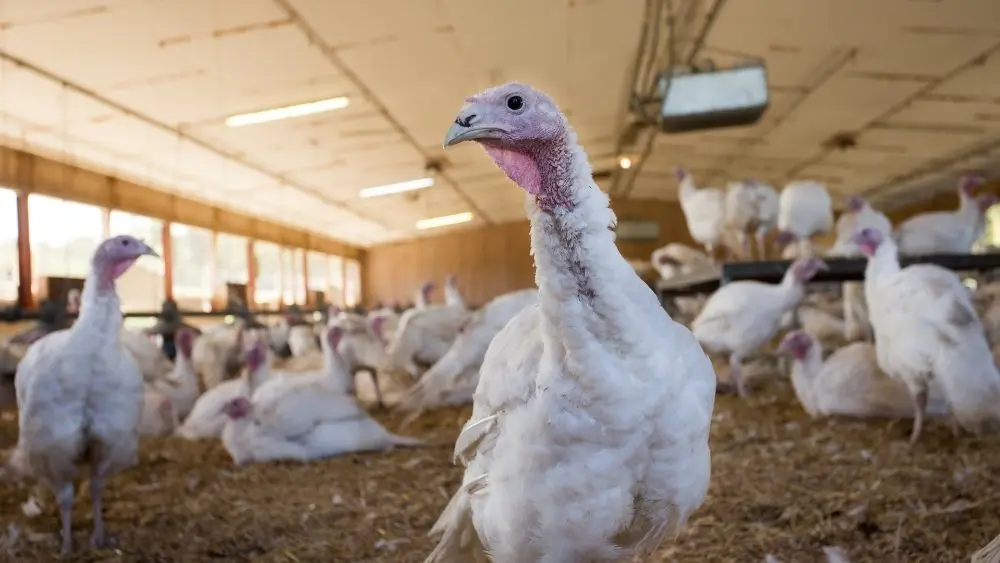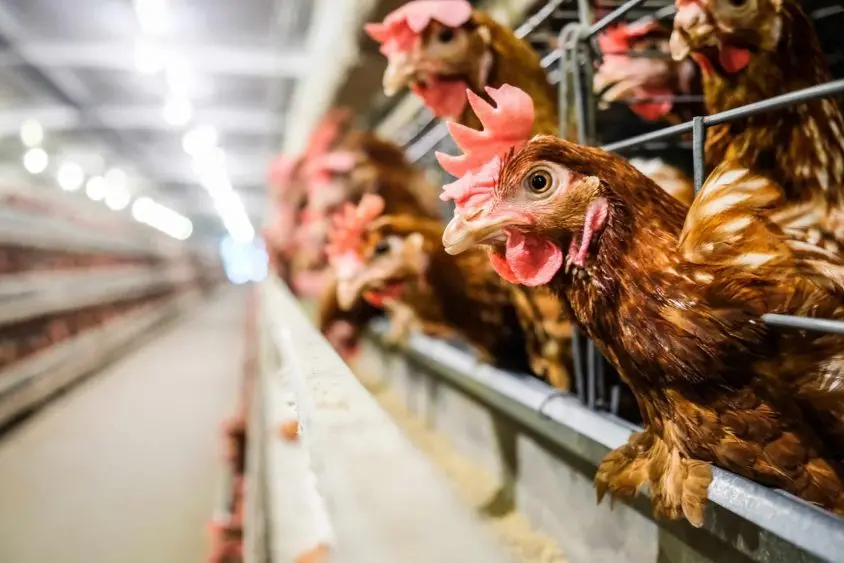
BISMARCK, N.D. – The North Dakota Department of Agriculture received confirmation of the presence of highly pathogenic avian influenza (HPAI) in a commercial turkey flock in Dickey County from the South Dakota State University Animal Disease Research and Diagnostic Laboratory on Saturday, Aug. 30.
The State Board of Animal Health and the North Dakota Department of Agriculture are working closely with USDA-APHIS and local officials in the response. The premises has been quarantined and the flock has been depopulated to prevent the spread of the disease. Domestic birds in a 10 km control zone around the affected farm are being contacted and monitored to help prevent the spread of HPAI. Birds from the flock will not enter the food system.
The detection triggers the suspension of commingling poultry/bird events both in Dickey County and birds from Dickey County. If no new cases emerge in 30 days, the suspension will be automatically lifted for that county.
There is no immediate public health concern due to this finding. The risk to people from HPAI is low despite the disease often causing mortality for birds. Human cases of HPAI in the U.S. are extremely rare and no human cases have been detected in North Dakota.
“The HPAI virus continues to circulate in wild birds. Waterfowl continue to be the primary concern, but any wild birds can potentially spread the virus,” State Veterinarian Dr. Ethan Andress said. “Remember to restrict access to property, keep wild birds away from other birds and practice enhanced biosecurity. Birds should be kept indoors, especially during the spring and fall migration.”
“After a quiet summer, it’s not unexpected that we have another case of HPAI as birds are gathering to begin the fall migration,” said Agriculture Commissioner Doug Goehring. “Protecting our North Dakota producers, who raise approximately 1 million commercial birds annually, and our many backyard bird owners is high priority.”
Avian influenza exists in many wild birds and can be transmitted by contact with infected birds or ingestion of infected food and water.
More information about avian influenza is available at www.ndda.nd.gov/avian-influenza and from the USDA-APHIS at www.aphis.usda.gov. Subsequent detections of HPAI in North Dakota will be posted on www.ndda.nd.gov/hpai.


